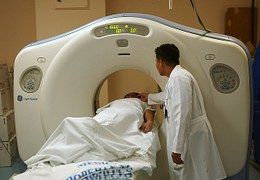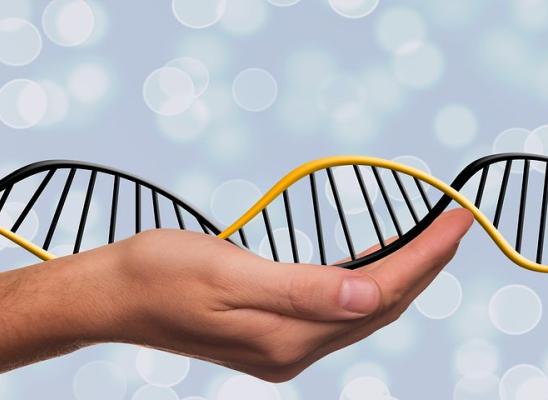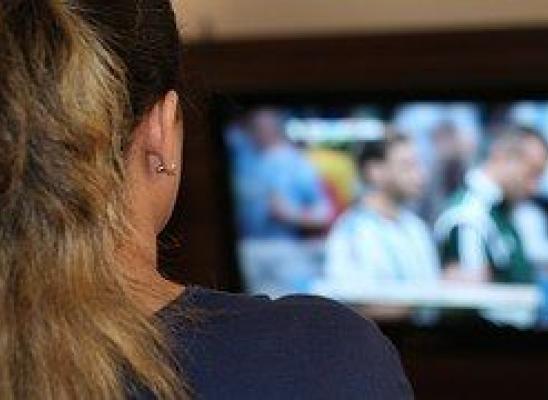Neurological Factors in Developing Trichotillomania

Online test
Find out the severity of your symptoms with this free online test
It is encouraging to see the increased awareness and academic interest in the medical research fields in body-focussed repetitive behaviors (BFRBs) such as trichotillomania. These widely experienced, yet little known disorders often go undiagnosed because either the patient is too ashamed to seek help, or the patient or mental health professional is not aware it is a clinical condition. Often clients engaged in the online therapy program offered here at Trichstop report that the health professionals they spoke to about their hair pulling concerns, would shrug off their concerns saying that it was just a bad habit the individual needed to learn to control themselves. Other clients report that their mental health care practitioner was aware of trichotillomania as a clinical condition recognized by the Diagnostic and Statistical Manual (DSM5), but had little or no knowledge or experience in treatment of trich.
The importance of research
Research helps us understand the condition so we may better be able to treat it. Many studies have examined the links between trichotillomania and other conditions of the mind, including Obsessive Compulsive Disorder (OCD), Depression, and Anxiety. There have been studies into its prevalence and effects on the individual suffering with the disorder. We have also seen an increase in studies into the effectiveness of various treatment modalities with trichotillomania. But as it is a disorder of the mind, we have also seen an interest in the physiological structure of the brain and the role the brain plays in trichotillomania.
Trichy Brain
In 2010, one such study, documenting the assessment of the integrity of white matter tracts in people with trichotillomania was published. Eighteen volunteers that met the DSM4 criteria for trichotillomania and 19 healthy control subjects were included in the study. Diffuse tensor imaging (DTI), a magnetic resonance imaging (MRI) technique, was used to assess the integrity of the white matter tracts of each subject. The results suggest that there is disorganization of white matter tracts involved in motor habit generation and suppression, along with affective regulation.
What’s the big deal with white matter tracts?
Executive function is an important part of human cognitions responsible for the management of all our cognitive processes such as reasoning, problem solving, planning and execution. It has a regulatory function, allowing us to make sense of the world around us and to act accordingly. Inhibitory control is an important component of executive function that allows for the suppression of actions and resistance to interference from irrelevant stimuli. This function is dependent on the integrity of an area of the brain called the right frontal gyrus and the anterior cingulate cortex, and white-matter tracts connecting these areas. White matter tracts, also known as white matter fibres, transmit signals from one region of the brain to another. The finding compulsive hair pulling disorder was associated with reduced integrity of distributed white-matter tracts connecting the anterior cingulate cortices to other areas points to a problem with the brain’s ability to regulate the body’s response to stimuli. According to Bush et al (2003), the interactions between the anterior cingulate cortices and the orbitofrontal cortices are also believed to be important when error feedback suggests a change, or reversal in choice is required. For instance compulsive hair pulling is characterized by compulsively pulling at the hair. This then leads to hair thinning or damage, and even baldness. Even though the person is aware that they should stop, and in fact wants to stop pulling, they cannot. This inability to make different choices based on error assessment may explain in part why so few individuals with trichotillomania report improvement in their picking even when seeking treatment.
 What now?
What now?
While the results from these studies do support the hypothesis that neural circuits involved in the generation and suppression of motor responses are implicated in repetitive hair pulling behavior, understanding of the how and why is still lacking. According to the 2010 study, further research is needed to understand the neurobiological overlap between trichotillomania, other impulse control disorders, Tourette syndrome and OCD. In 2013 one such study was conducted in subjects with excoriation disorder, or compulsive skin picking disorder, another BFRB. Similar results confirms the similarities in these two disorders. It is also recommended that DTI be used to explore the relationship between white matter tract disorganization and dysfunction of particular nodes within the networks responsible for habit suppression and emotional regulation and to examine the genetic tendency for these dysfunctions to occur. Importantly, now that we have identified this pathophysiology in the brain, the question remains: what are the implications on treatment?
Online test
Find out the severity of your symptoms with this free online test
Start your journey with TrichStop
Take control of your life and find freedom from hair pulling through professional therapy and evidence-based behavioral techniques.
Start Now



